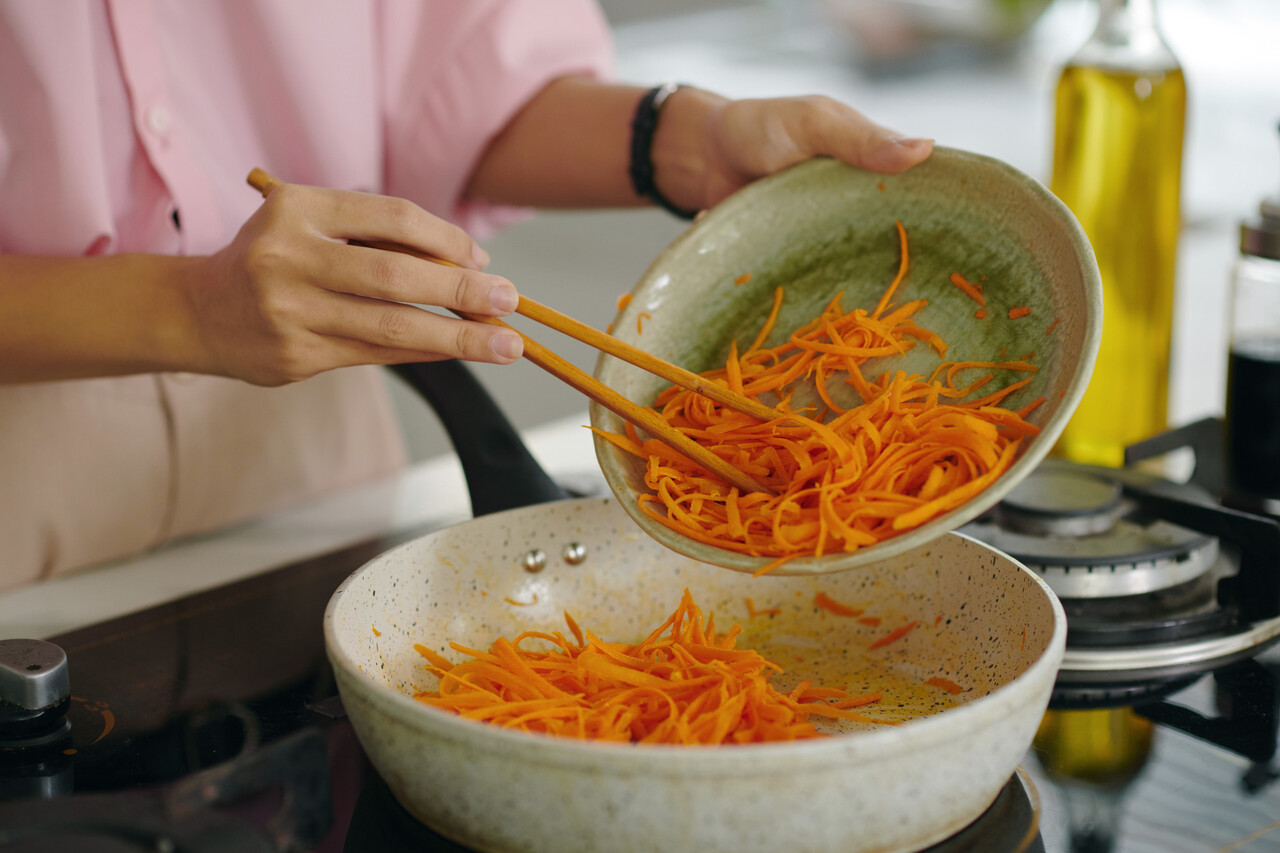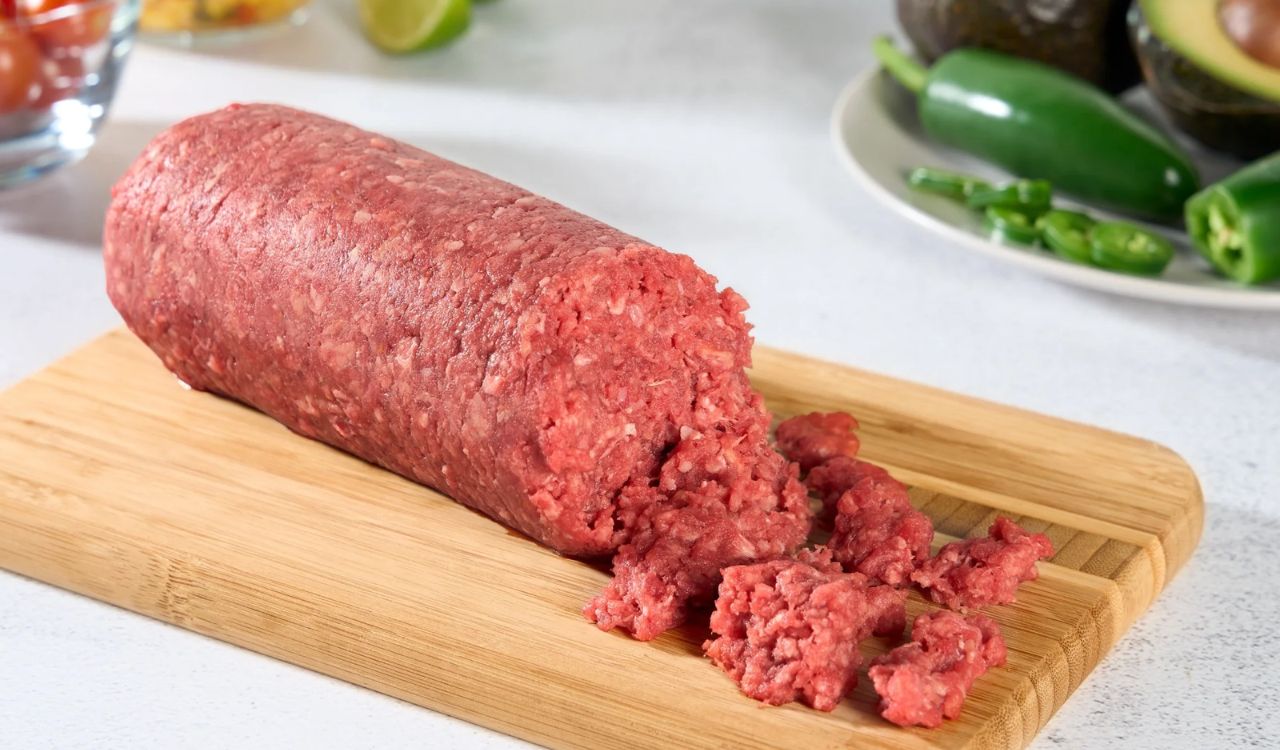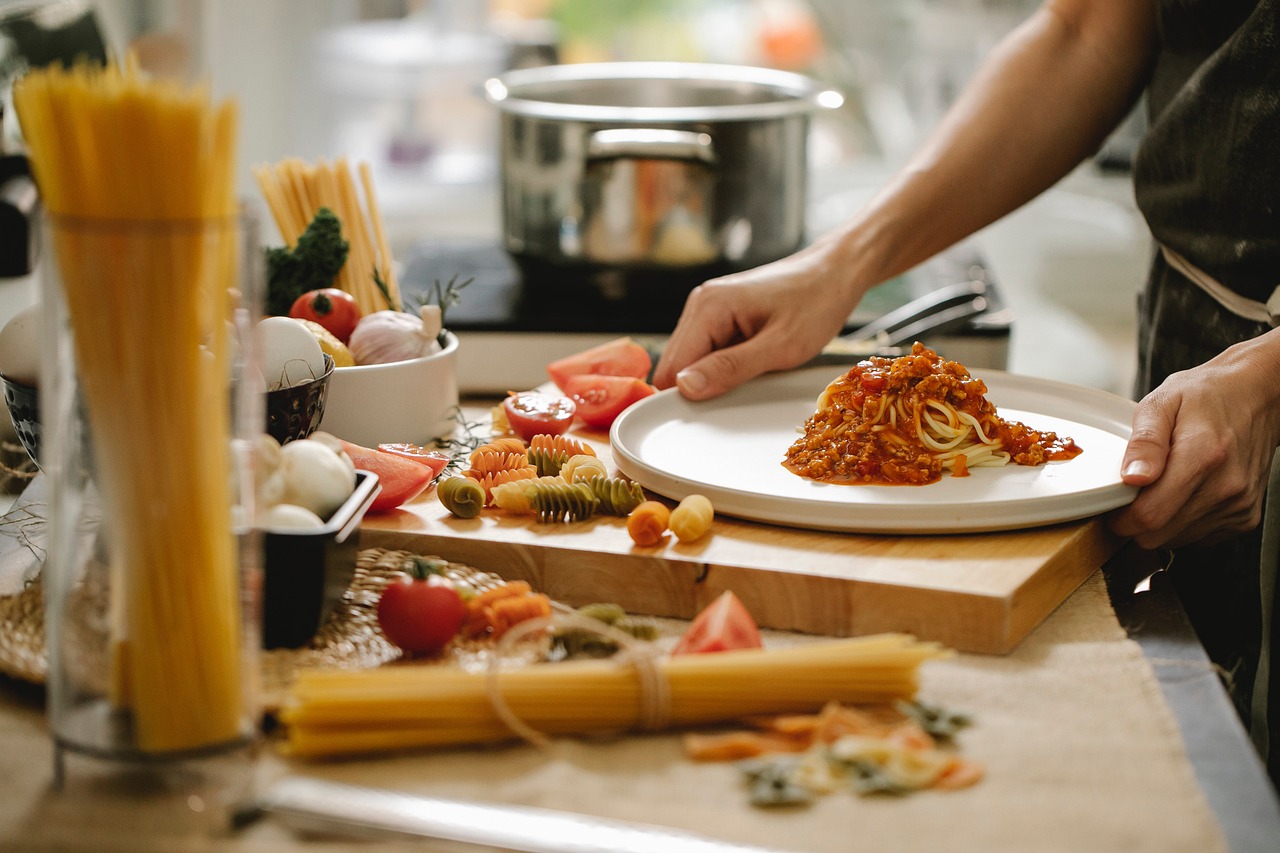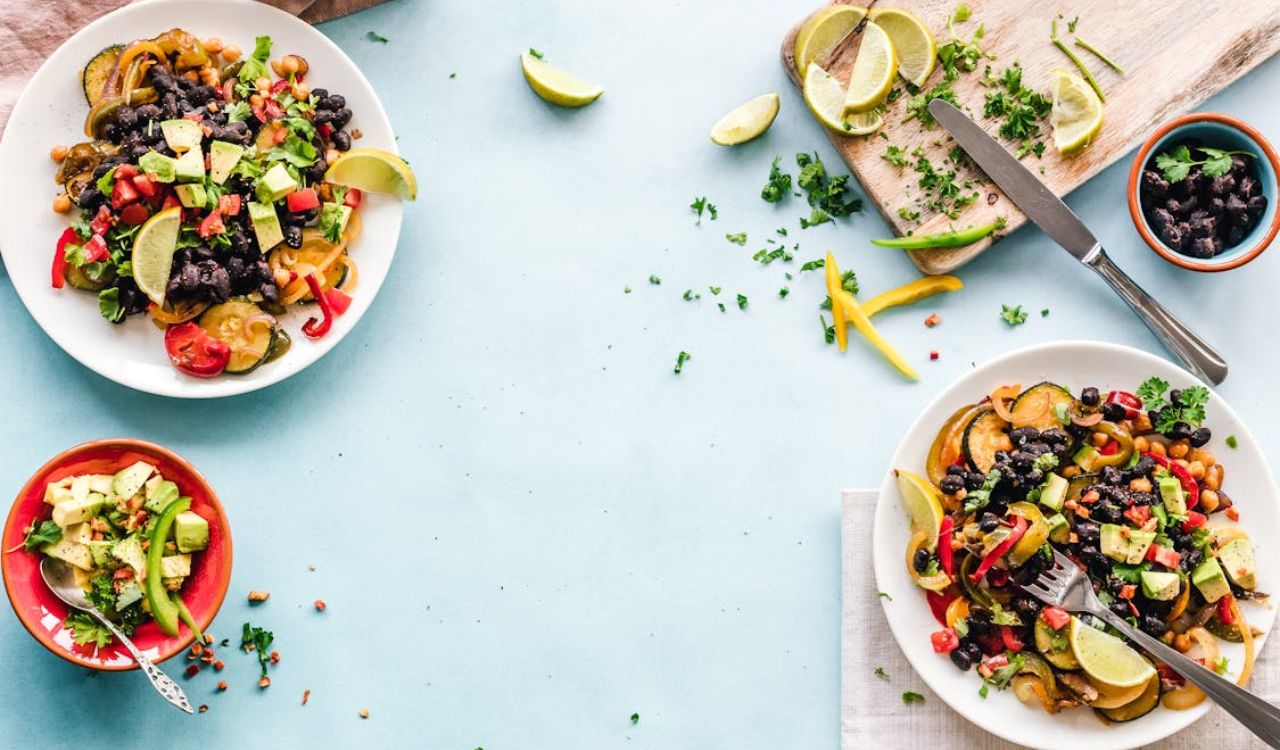Is Double Dipping at Parties Really That Dangerous?
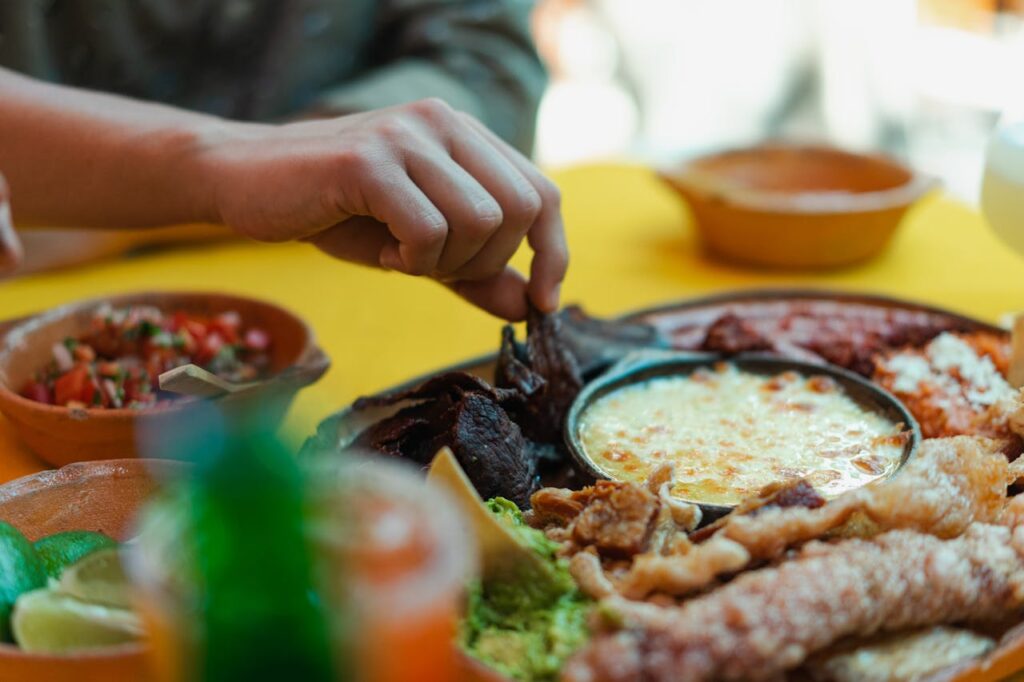
Picture this: a crowded party, chips and salsa on the table, and someone dips a chip, bites it, then dips again. The collective cringe that follows isn’t just about manners-it’s about germs. But how risky is it, really? The truth sits somewhere between “mildly unsanitary” and “potential bacteria buffet.”
Food scientists have studied this question more than you might think, and while double-dipping doesn’t turn your dip into a petri dish overnight, it does transfer bacteria. Still, context matters: how many people, what kind of dip, and how it’s stored all play a role.
So, let’s break down what actually happens when you double dip, how much it really matters, and what smarter hosts can do to keep things appetizing and safe.
The Science Behind Double Dipping

Before we label it as disgusting, it helps to know what’s happening at a microbial level. A 2009 Clemson University study tested dips after participants double dipped, and the results were eye-opening. Salsa, because it’s watery and acidic, collected up to 1,000 bacteria per milliliter after repeated double dips. Creamy dips like ranch had slightly fewer bacteria, but not by much.
What Actually Transfers From Mouth to Dip
When you bite a chip, your saliva carries bacteria from your mouth to the food. Double-dipping reintroduces that saliva to the communal bowl, mixing it with the dip. While most bacteria are harmless, some like Streptococcus mutans (linked to cavities) or Staphylococcus aureus (which can cause mild food poisoning) can linger.
Researchers note that the real danger rises if the dip sits unrefrigerated for hours, giving bacteria time to multiply. So while a quick dip isn’t catastrophic, time and temperature matter.
The Role of Dip Texture and Acidity
Not all dips are created equal. Salsa’s high acidity can slow bacterial growth, while creamy or dairy-based dips like ranch or hummus are ideal breeding grounds. Guacamole, with its mix of fats and plant material, falls somewhere in between.
If the dip is cold and thick, bacteria spread more slowly. If it’s warm or runny, contamination spreads faster. That’s why professional caterers often replace dips every hour at events-it’s not about presentation; it’s about safety.
The Social Factor: Etiquette Meets Hygiene
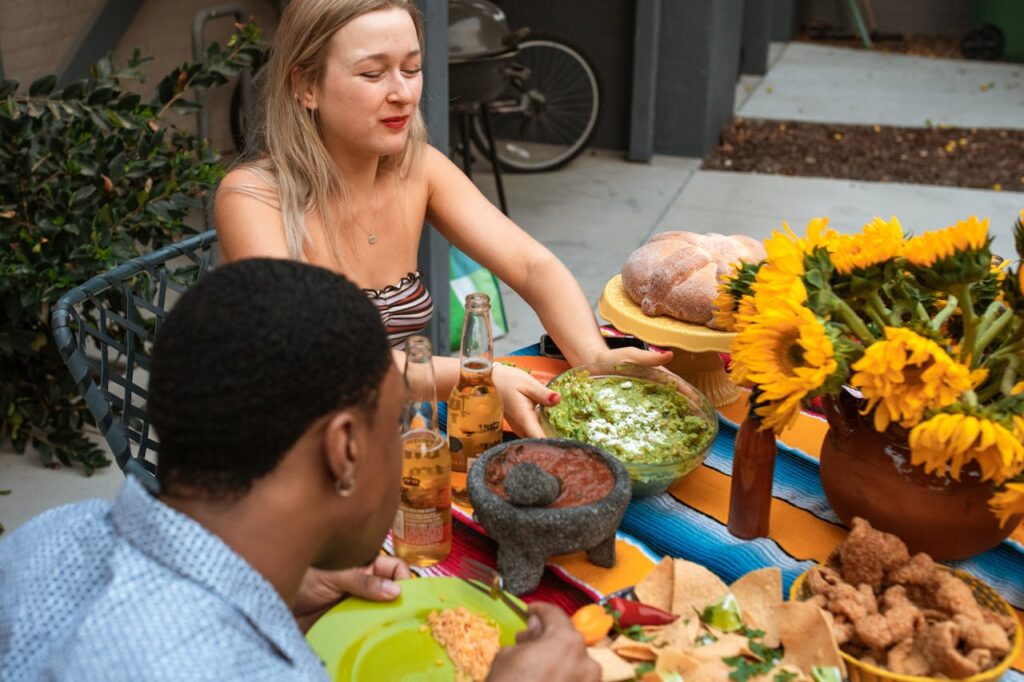
Even if science says the risk is small, social norms make double-dipping a faux pas. It’s less about microbiology and more about manners; people simply don’t want to share saliva, especially with strangers.
Why People React So Strongly
There’s a psychological side to this. Humans have what’s called the “contamination disgust” response-a built-in aversion to things that might spread germs. Once you see someone double dip, it doesn’t matter what the science says; your appetite’s gone.
That reaction is rooted in self-preservation. Evolution wired us to avoid potential sources of infection, even if the risk is small. So, the cringe you feel? It’s your brain doing its job.
The Polite Way to Avoid It
Hosts can make things easier by offering small plates or individual dip cups. Dividing snacks naturally reduces the temptation to re-dip. If you’re the guest, use the “spoon-and-pour” trick: put some dip on your plate, then go to town guilt-free.
And if you do see someone double-dipping, resist the urge to call them out loudly, just quietly set your chip down and move on. No party needs a dip drama.
Staying Safe Without Being Paranoid
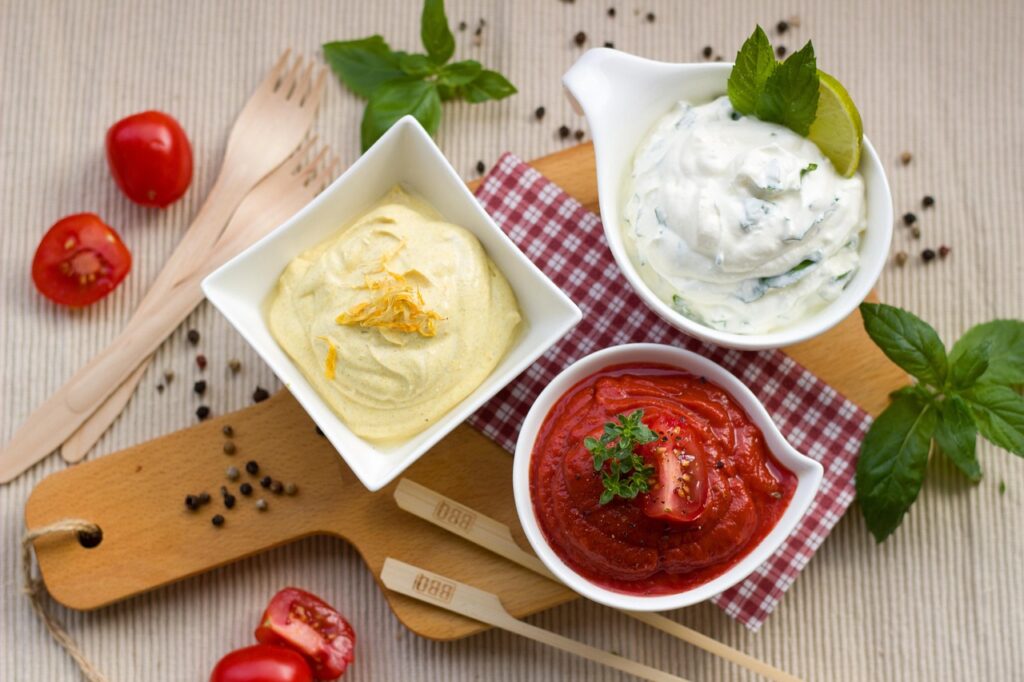
Here’s the thing: you don’t need to treat your next party like a hazmat zone. Food safety is mostly about balance and awareness, not fear.
How to Keep Communal Food Safer
Use smaller bowls and refill often rather than leaving one large dip sitting out. Keep cold dips chilled over ice and replace them every hour. If it’s a big gathering, label utensils and encourage people to use spoons instead of chips for scooping.
Also, remember that double dipping is just one of many contamination sources- hands touching serving spoons, sneezing near food, or leaving items unrefrigerated can be far riskier. Focus on overall hygiene, not just the dip bowl.
Gross, Yes. Dangerous? Not Usually.
At the end of the day, double-dipping is more of an etiquette issue than a health hazard. Yes, it introduces bacteria, but unless someone’s actively sick or the dip sits out for hours, you’re unlikely to catch anything serious.
Still, it’s worth keeping things clean out of courtesy and common sense. Sharing food can be one of the best parts of a party; just make sure everyone’s dipping responsibly.



